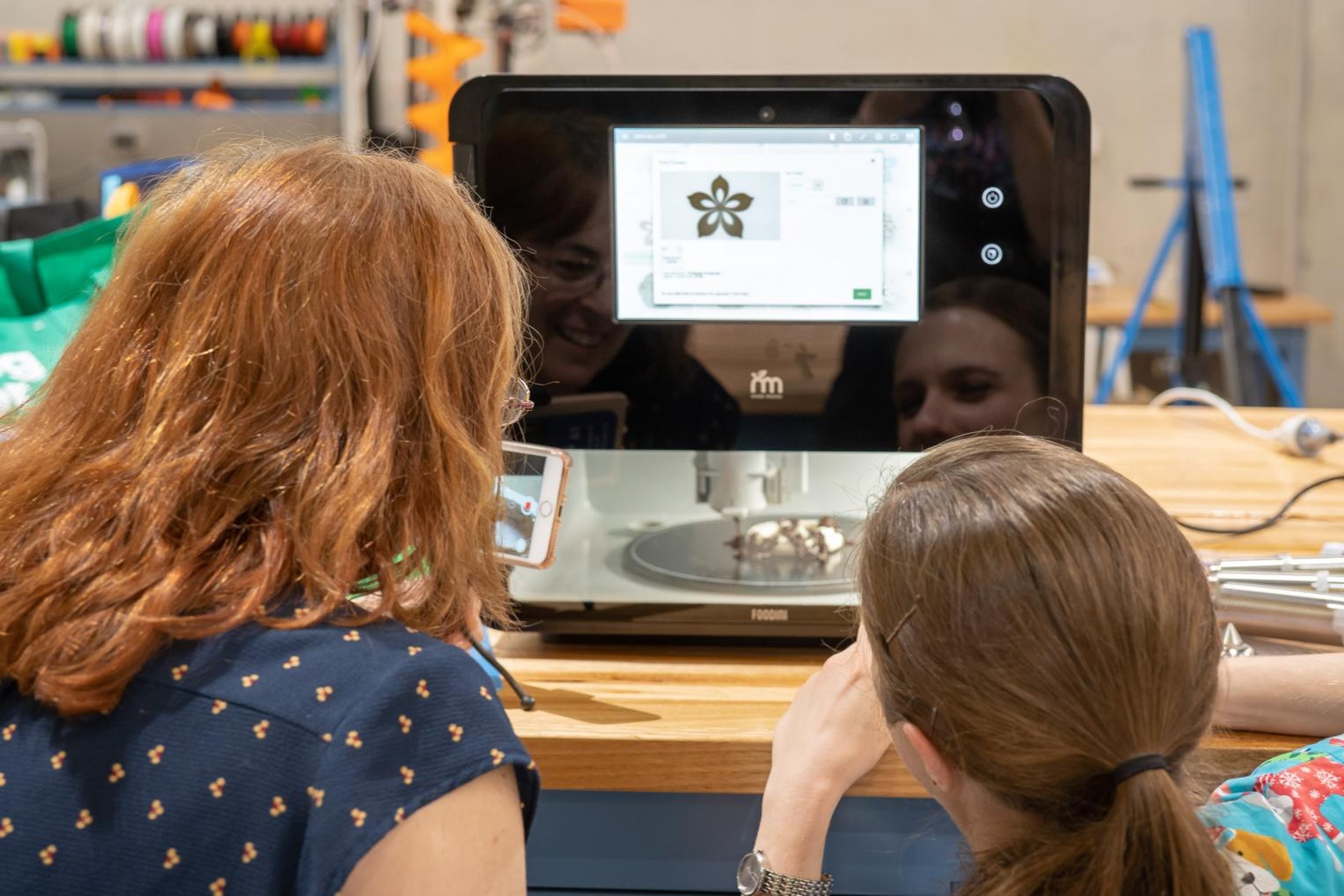
Key points:
More Australian researchers are investigating whether 3D-printing technology could help make food both safe and appetising for people with dysphagia.
Researchers at the University of Technology Sydney (UTS) are looking at ways that 3D-printed food could be used to improve the visual appeal of texture-modified foods in aged care and thus encourage more food to be consumed. Similarly, researchers will look at its usability for people who have not only a swallowing disability but perhaps also a physical disability or limitations in their vision, hearing or planning.
Plating and presenting texture-modified foods has always been a challenge in aged care, particularly as food and nutrition are so important for older people. Most dietitians and chefs say the whole dining experience can impact our appetite as most of us eat with our senses.

A pilot program is being rolled out to Uniting Aged Care’s The Marion and Aldersgate facilities in Sydney’s inner-west in collaboration with UTS to test out the tech and see how residents took to it.
Using a 3D food printer, real pureed food is used as the ‘ink’.
The process involves first cooking the puree meal, using it to fill the printer’s cartridges, selecting the shape to be printed and pressing ‘play’ for it to start printing.
Speech pathologist and researcher, Professor Bronwyn Hemsley, said this method could help prompt aged care clients to be more involved in mealtime food design and engage more with the dining experience.

Prof Hemsley said social activities are often based around food and swallowing disorders can exclude people from eating out with others for fear of choking or because the food looks unappetising. With 3D printing, food can be arranged in any shape, meaning they can still attend parties or special occasions without jeopardising their safety.
“But we don’t know yet whether people with swallowing disability would want to take part in 3D food printing, the supports they’d need, whether they’d use it, and what benefits they expect,” said Prof Hemsley.
“We need to know this and also to find ways that we can make 3D printing more accessible to more people if it’s going to help to improve their lives.”
Uniting Care Australia’s Hotel services specialist, Brendon Gakowski, told 7News that the printer is “a great novelty for the residents to enjoy and it’s something they’ve never seen before.”
A resident of The Marion also told 7News “I believe it would be easy enough to use.”
NSW researchers aren’t the only ones looking into the benefits of 3D-printed texture-modified food. Edith Cowan University in Western Australia has used 3D printing to produce one small meal packed full of multiple nutrients while also reducing food wastage for residents at Brightwater aged care facility.
Funded by the most recent Federal Budget, almost $13 million was allocated to set up an aged care food hotline and new advisory body, to strengthen food and nutrition reporting by checking facilities of concern and their menus, and giving them more direct expert dietary advice to improve the residents’ dining experience.